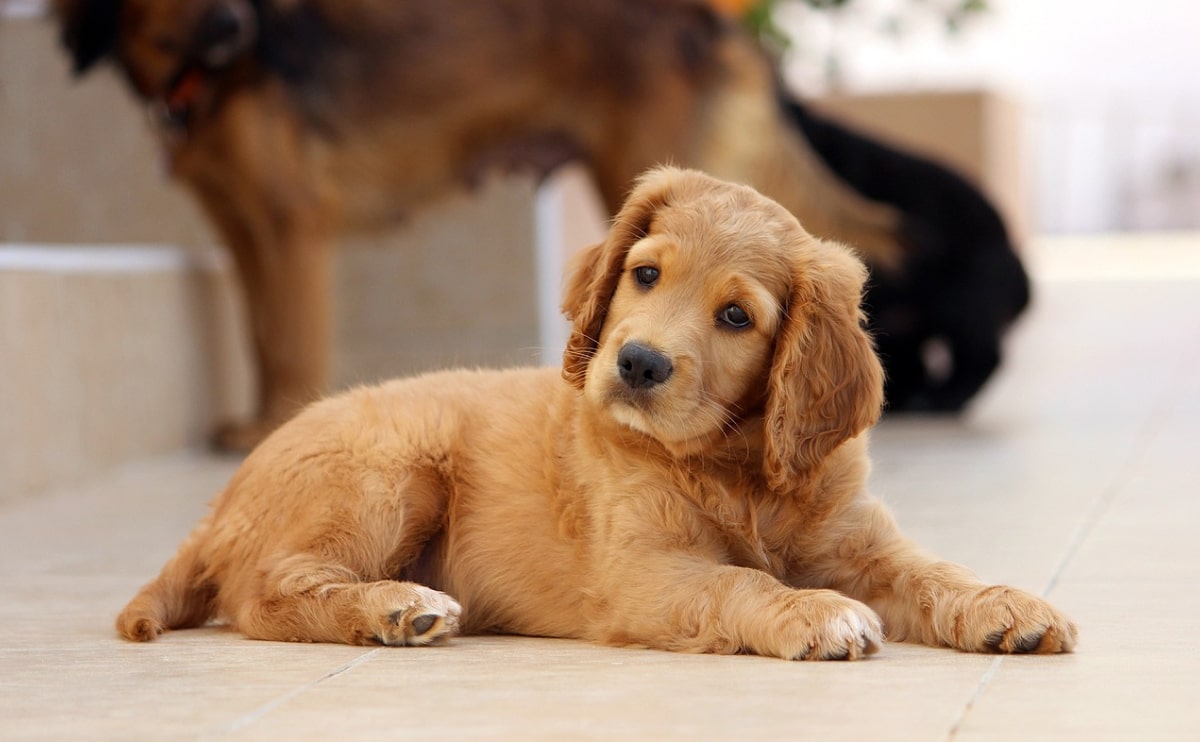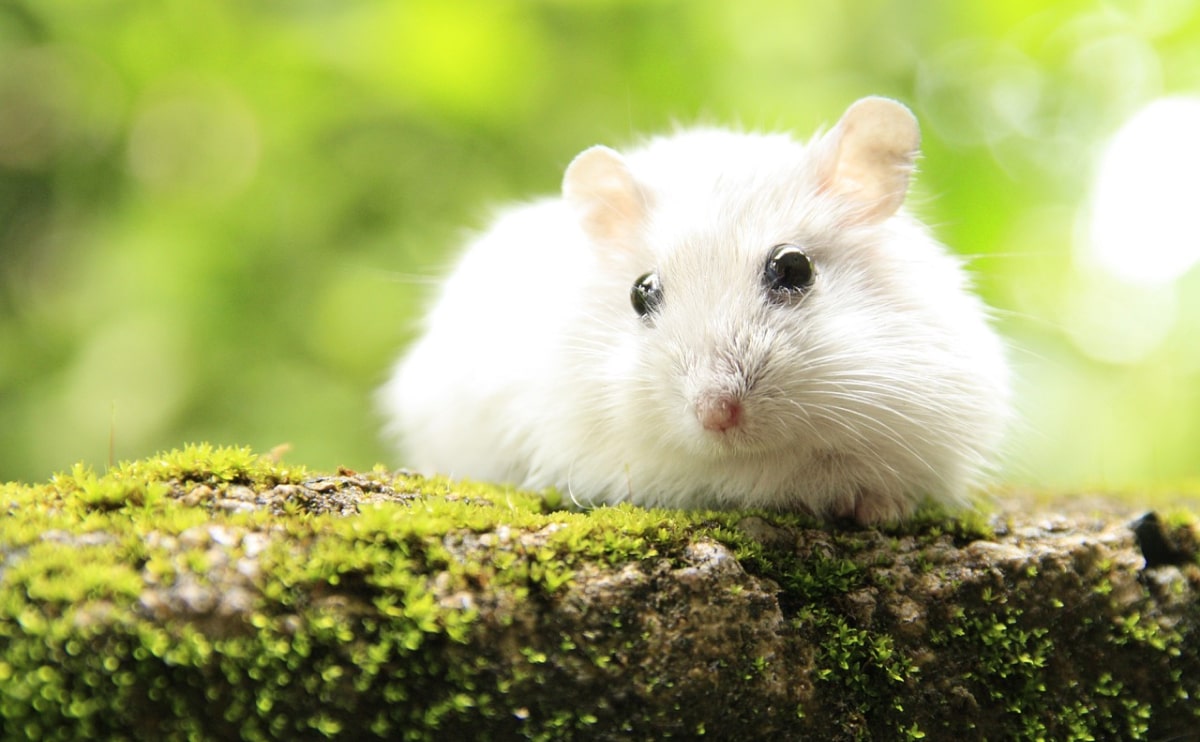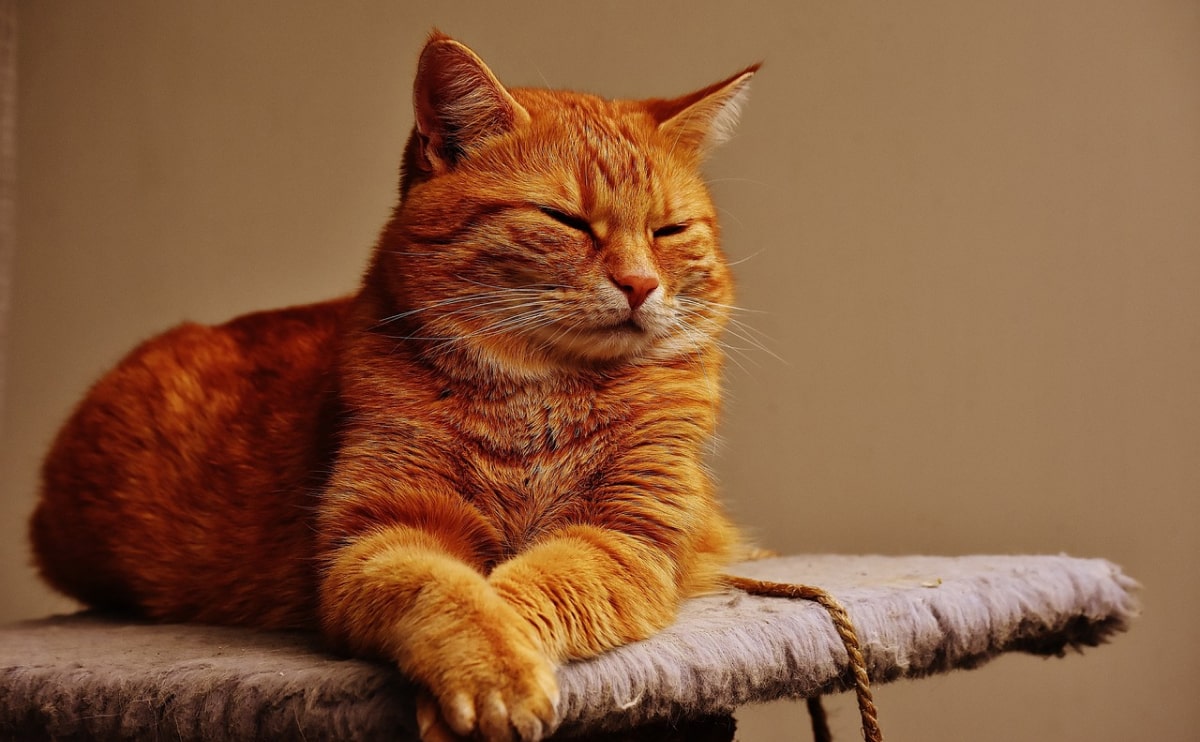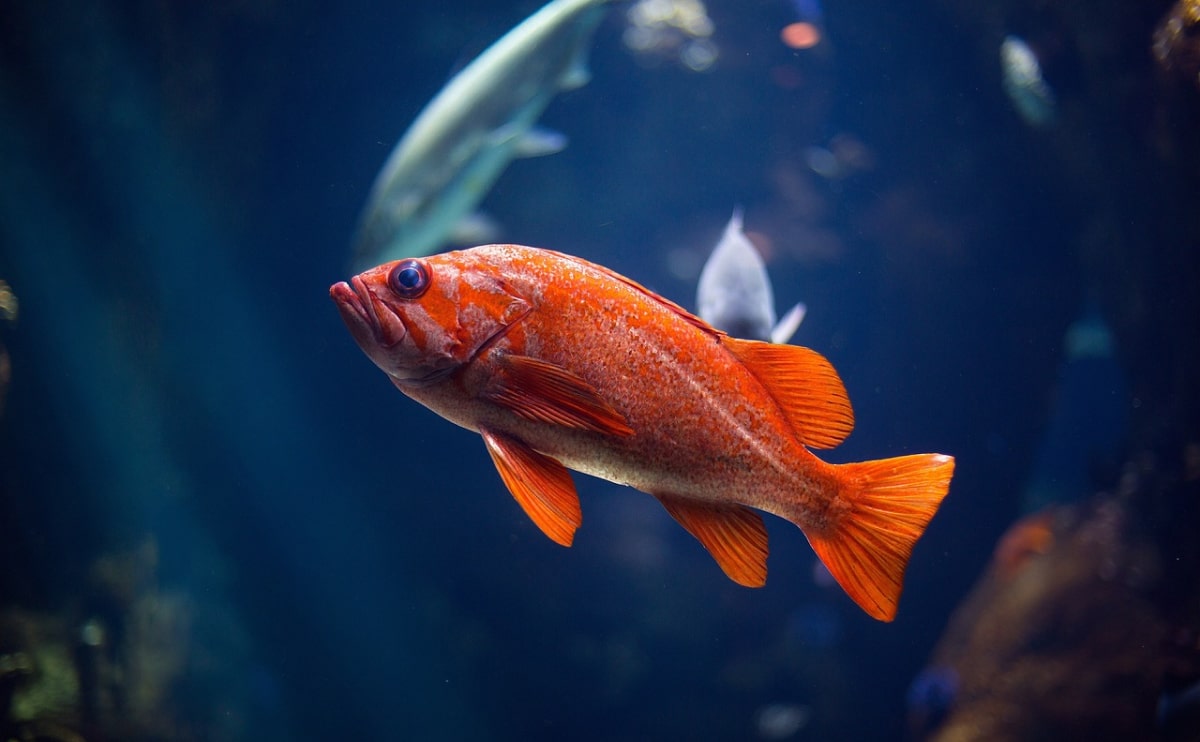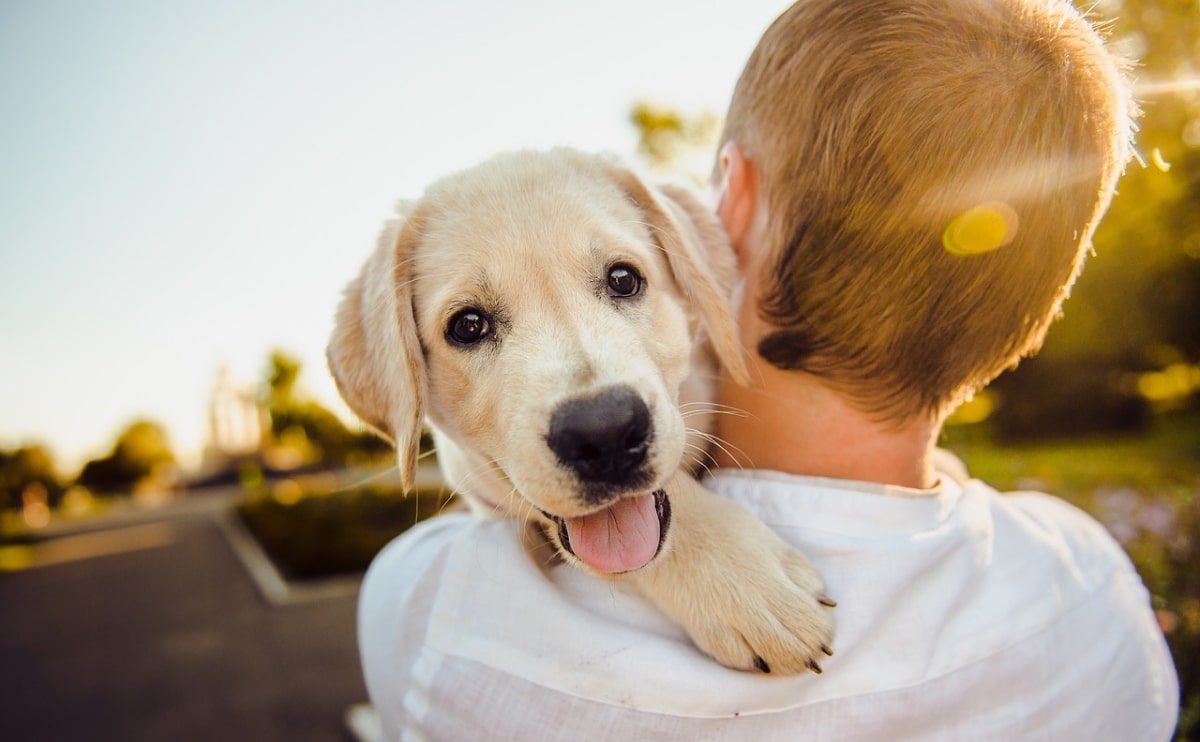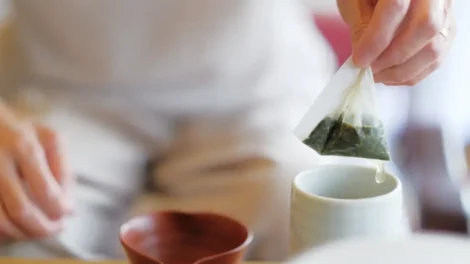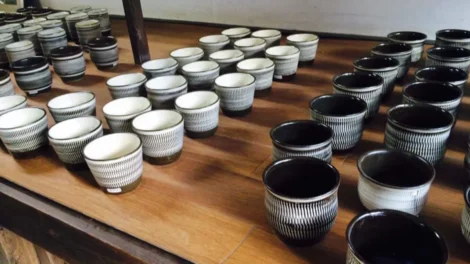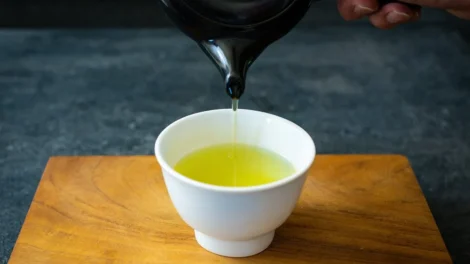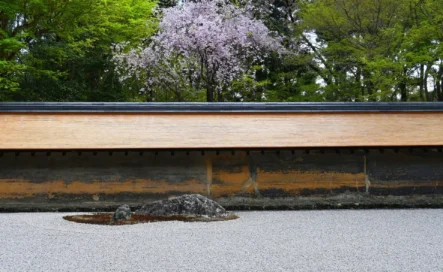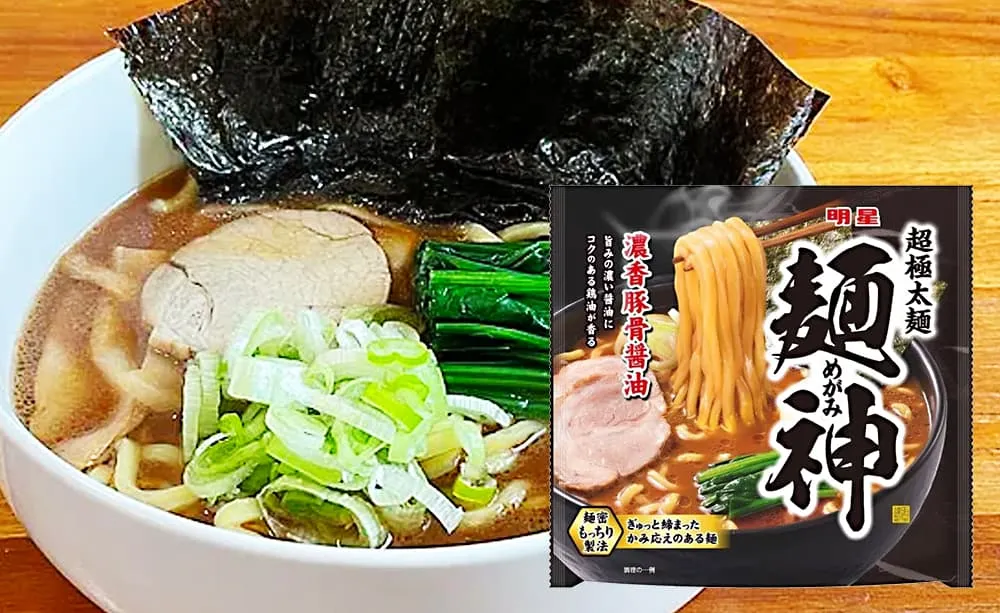Blog
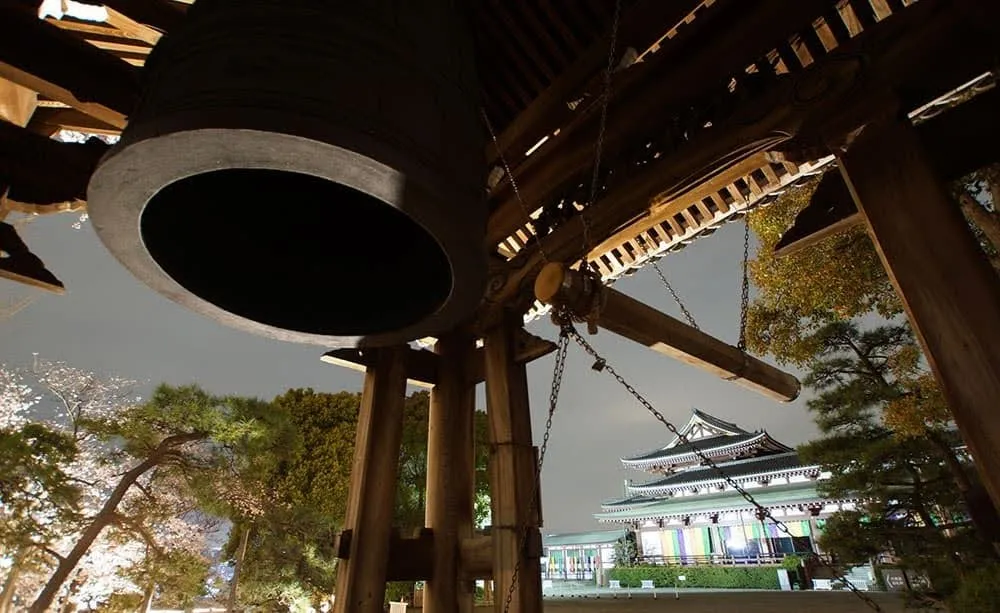
Oomisoka 大晦日 (New Year’s Eve)
Today is the 31st of December. It is the last day of the year.
In Japan, this day is called “Oomisoka,” or New Year’s Eve, and everyone stays up late to enjoy the last night of the year.
Origin of the name Oomisoka (New Year’s Eve)
According to the lunar calendar, the last day of every month was called Misoka (New Year’s Eve). Of course, we don’t say it like that nowadays.
Therefore, the last day of December, the last month of the year, is called Oomisoka (New Year’s Eve). Incidentally, the Chinese character for “Oo” (big) in Oomisoka is the same as “Big” in English.
This is what New Year’s Eve is all about!
The New Year’s Eve Bell
The Joyanokane is the bell that is rung after midnight to ring in the new year. The bell is rung 108 times. These bells are rung at temples of various sizes all over Japan. It is not a random number, but a fixed number of 108 times. I’m Japanese, so I’m used to it, but when I think about it, I find it strange.
Japan is a Buddhist country. It is said that the sound of the bell in Buddhism has the power to cut off suffering and hesitation.
So why are there 108 Joyanokane bells?
The reason why the Joyanokane bell is 108 times
In Buddhism, there is such a thing as vexation. In Buddhism, it is said that there are 108 vexations, which are things that make people suffer.
As you may have noticed by now, the Joyanokane bell is used to ring the bell for the number of afflictions.
Although we cannot erase our worries, the sound of 108 bells is supposed to make us feel purified and ready for the new year.
This is what New Year’s Eve is all about!
New Year’s Eve Soba
One of the most popular foods eaten on Oomisoka (New Year’s Eve) is soba. The soba eaten on this day is called “Toshikoshi Soba” (New Year’s Eve Soba).
This custom is said to have continued since the Edo period (1603-1868), and soba sells well on this day in Japan.
Why do we eat soba? There are many meanings. For example, because soba noodles are very easy to cut, it means to cut off the bad luck of the year. It is also said to be long and thin, so it is believed to prolong life and longevity.
This is what New Year’s Eve is all about!
Cleaning
Cleaning is not limited to December 31st, but it is an annual event at the end of the year. This may be the same in all countries, but it is a way to clean up the dirt of the year and welcome the new year.
Shimenawa and New Year’s decorations

In Japan, we also decorate the house to welcome the New Year. Every house has its own unique New Year’s atmosphere, with New Year’s decorations at the entrance and shimenawa ropes in places where water is used.
Returning home
Many people go back to their parents’ homes to spend the New Year’s vacation. Many people who normally live in Tokyo go home to spend the New Year’s holidays.
Tokyo seems to be less crowded at New Year’s, especially since there are more people living in Tokyo.
First visit to a temple at the beginning of the year
Many people go for Hatsumode (New Year’s visit) as soon as the new year starts. Therefore, even at midnight, temples and shrines are filled with people.
The last greeting word of the year
There is a greeting at the end of the year.
“Have a good New Year” Yoiotoshio
This is an abbreviation of “Yoiotoshio Omukaekudasai”, which means “Have a good New Year”.
In English, it is “Have a good New Year!
I often say this at the end of the year, when it is the last time I will see someone.
If someone says “Have a good New Year” to you, please reply with “Yoiotoshio”.

